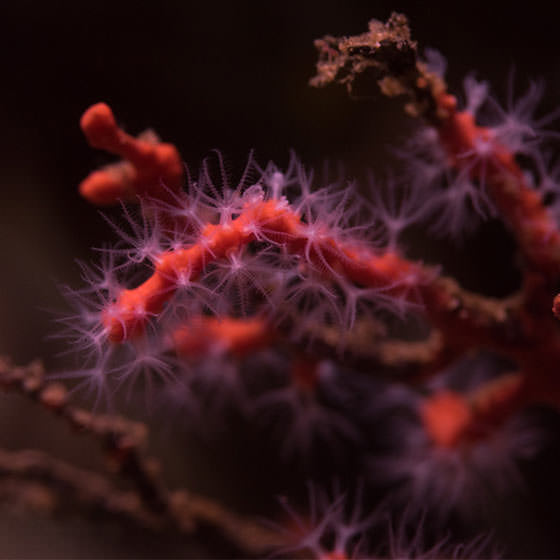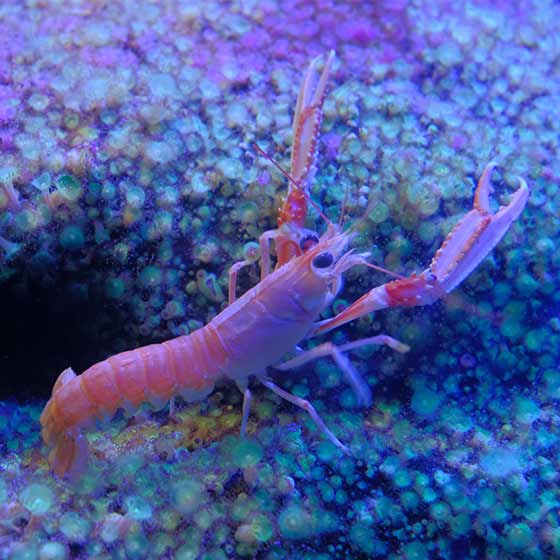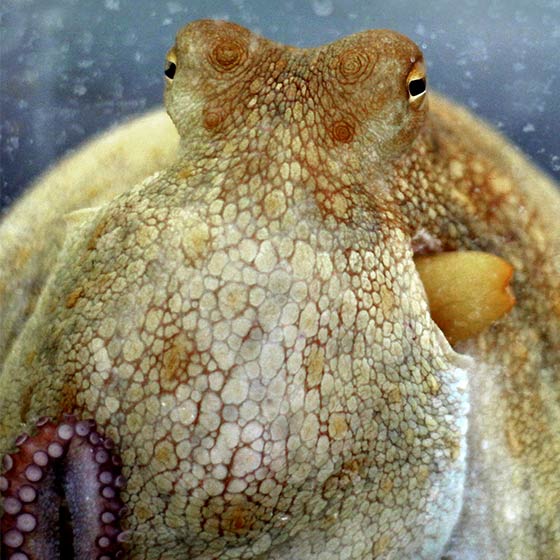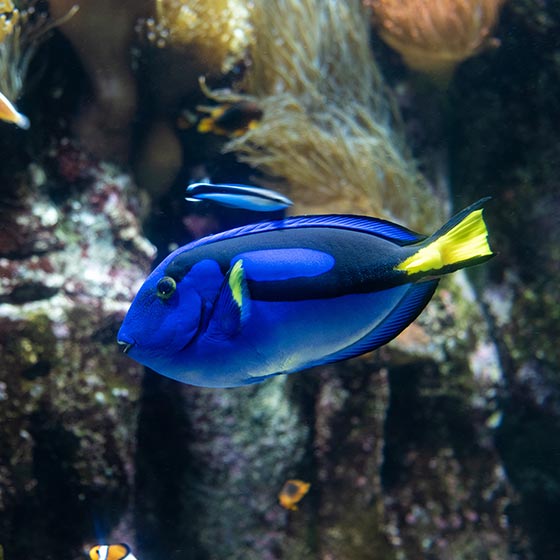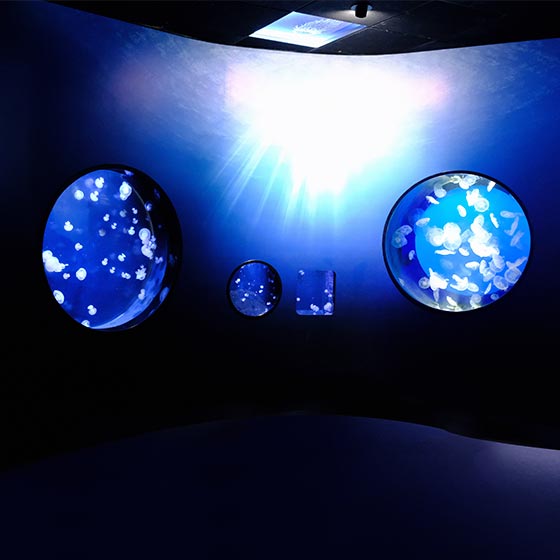Geographical area and habitat
The first criterion studied is geographical location. At the Aquarium La Rochelle, five regions are highlighted: the Atlantic Ocean, the Mediterranean Sea, the oceanic zone, the Caribbean Sea and the Indo-Pacific region. The ecosystems presented in the aquariums must be consistent with these different areas.
Once the geographical area has been determined, the scientists look at the characteristics of the habitat where the species lives: luminosity, substrate and hydrodynamics.
Is the environment rocky, sandy, muddy, occupied by algae or seagrass? Is it agitated or rather calm?
A distinction is made between ” weathered mode ” and ” sheltered mode “. The weathered mode defines coasts exposed to the wind, where the waves are strong. These are the points or islands. The sheltered mode, on the other hand, refers to coasts that are less exposed to the wind, where the water is calmer, such as bays.
Caves, for example, are a special habitat. They have characteristics similar to those found in the deep sea: darkness, low water renewal and constant temperature. They are home to organisms that do not depend on light energy for their survival. This is the case of the red coral, Corallium rubrum.
